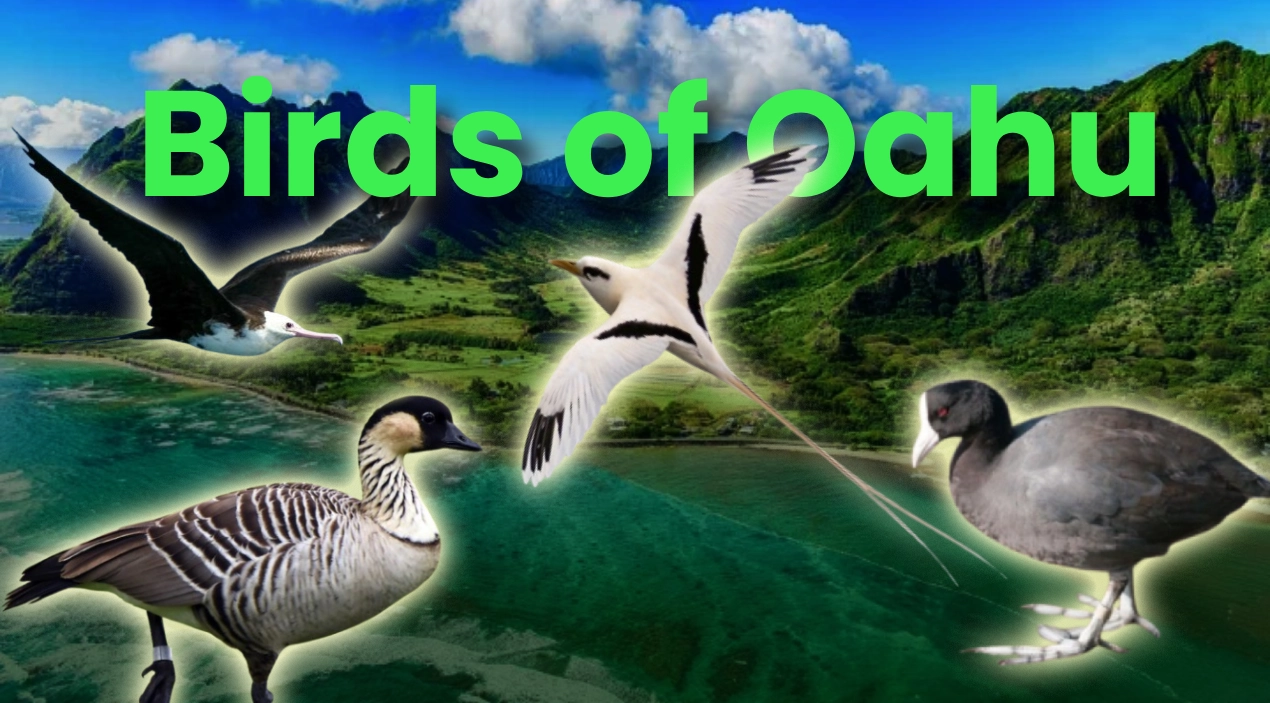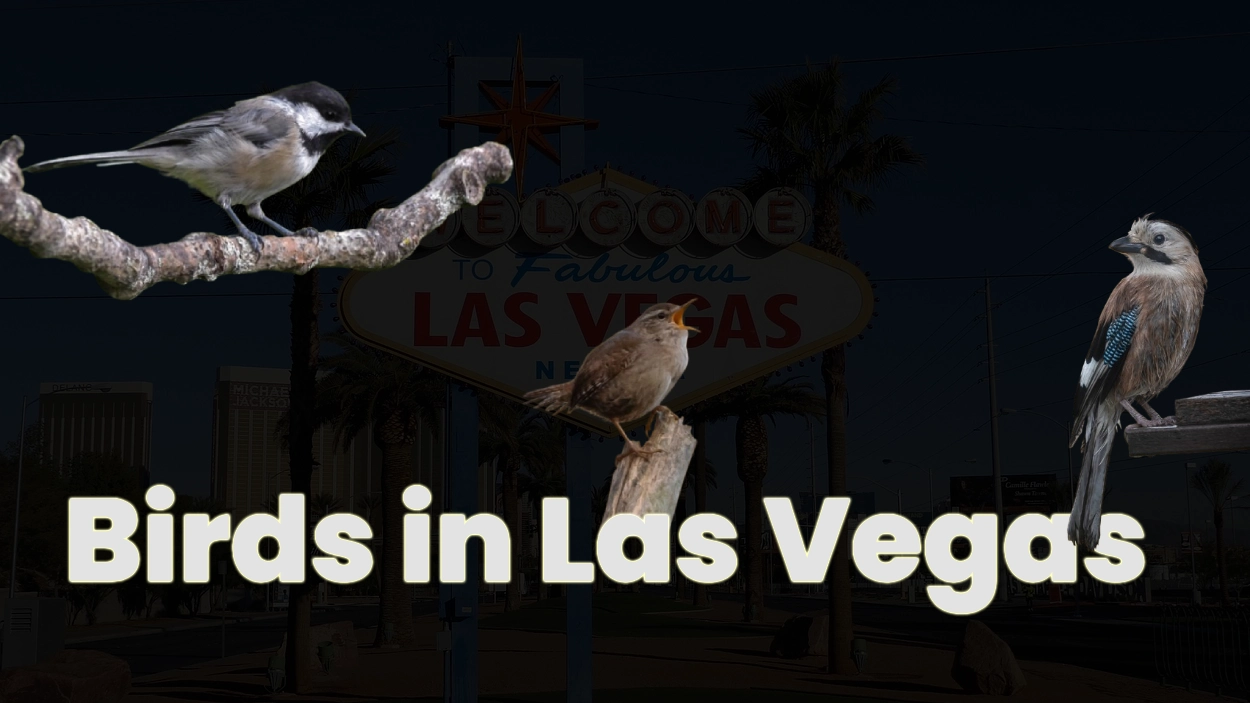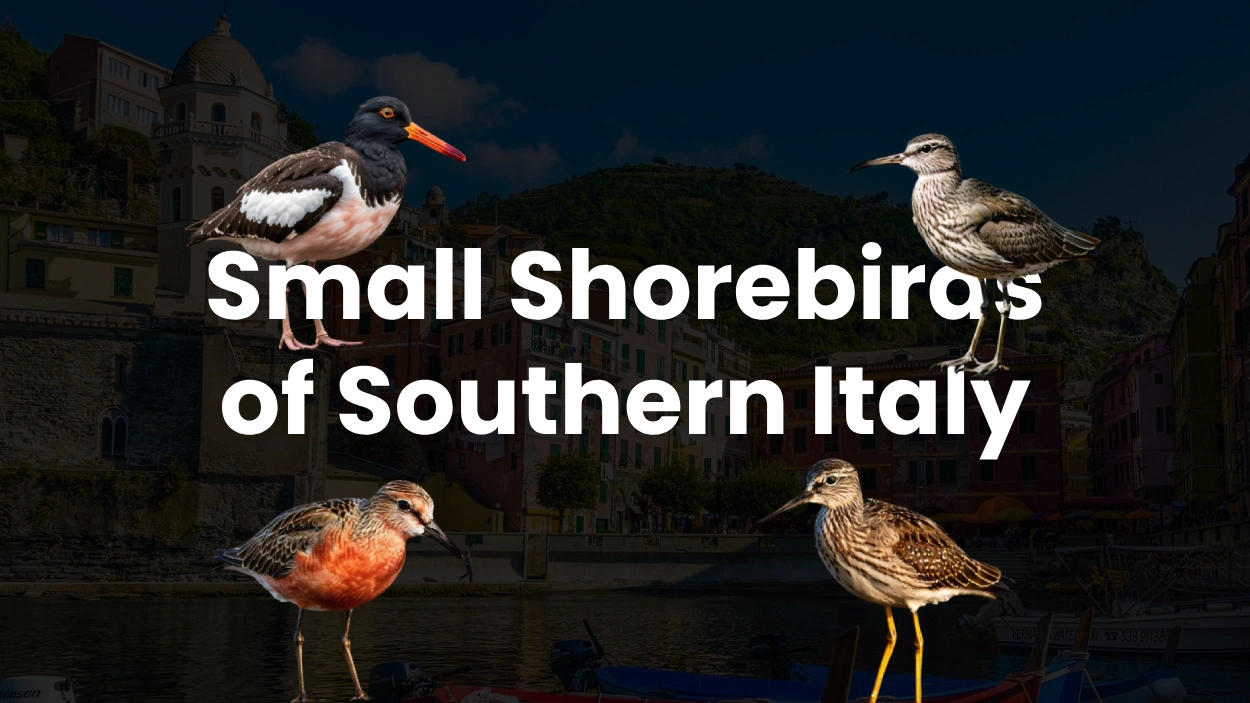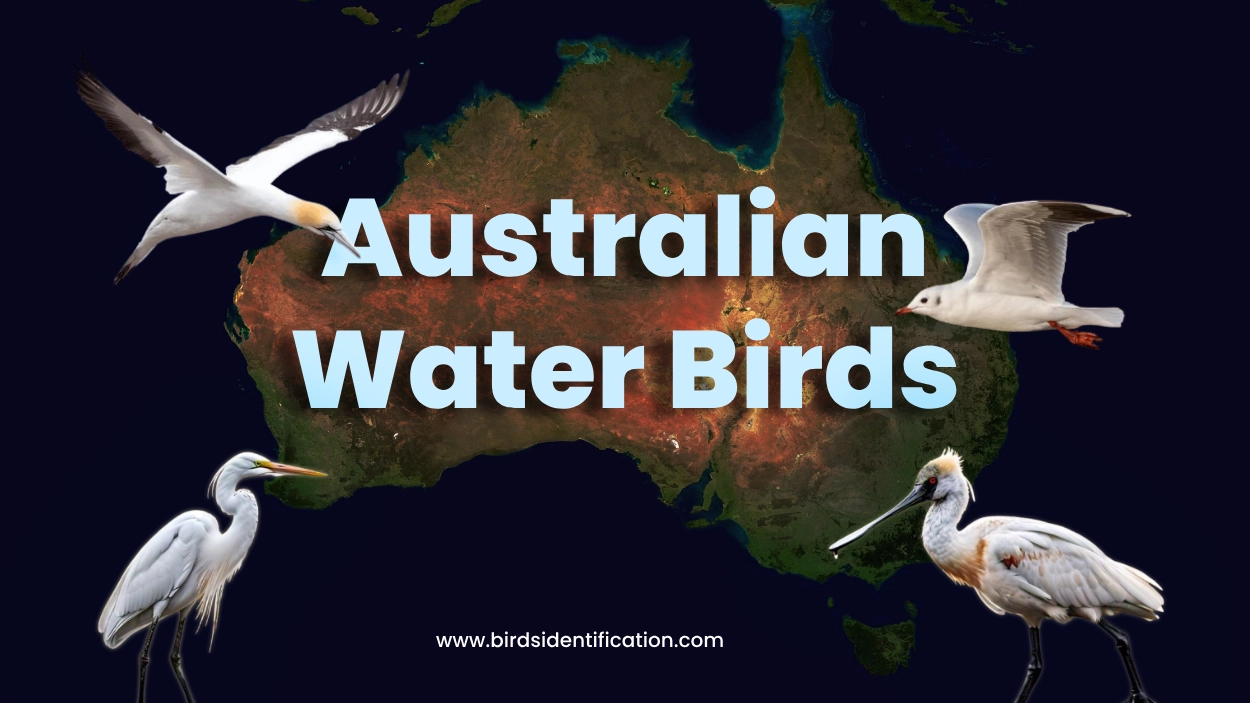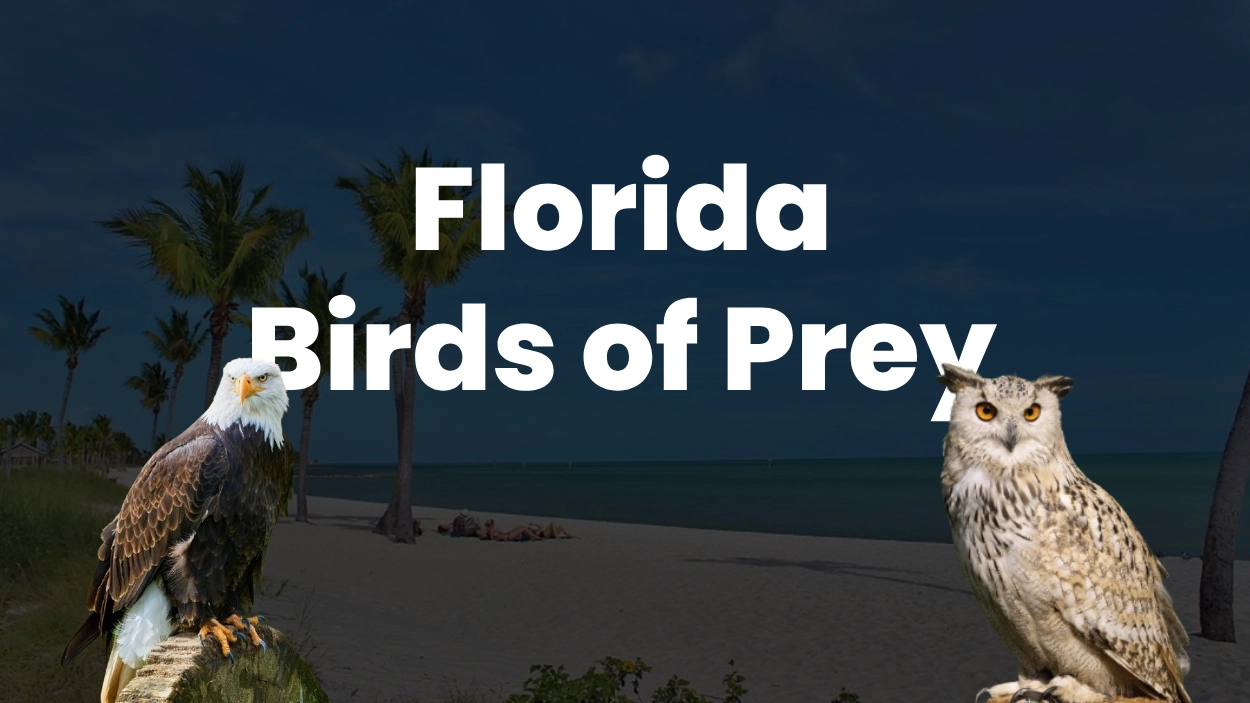Birdwatching in Oahu has gained wide popularity among the native people and visiting tourists. The island provides a range of unique habitats-from tropical rainforest to quiet wetlands-that serve as home to a fascinating mix of native and introduced species. Whether you are an experienced birder or just lucky enough to find yourself in a nice forest or marsh, identifying birds by color, behavior, and sounds will ensure that you enjoy your adventure in Oahu all the more. This guide will provide you with information regarding identification and characteristics of the various birds present in Oahu.
Birds Of Oahu Hawaii Categories
Water birds of Oahu
Water birds can often be seen around coastal areas, wet lands, and ponds of Oahu; these species are truly specialized to live in the water, and one can identify the birds easily with their distinguishing characteristics.
1) Nene (Hawaiian Goose)
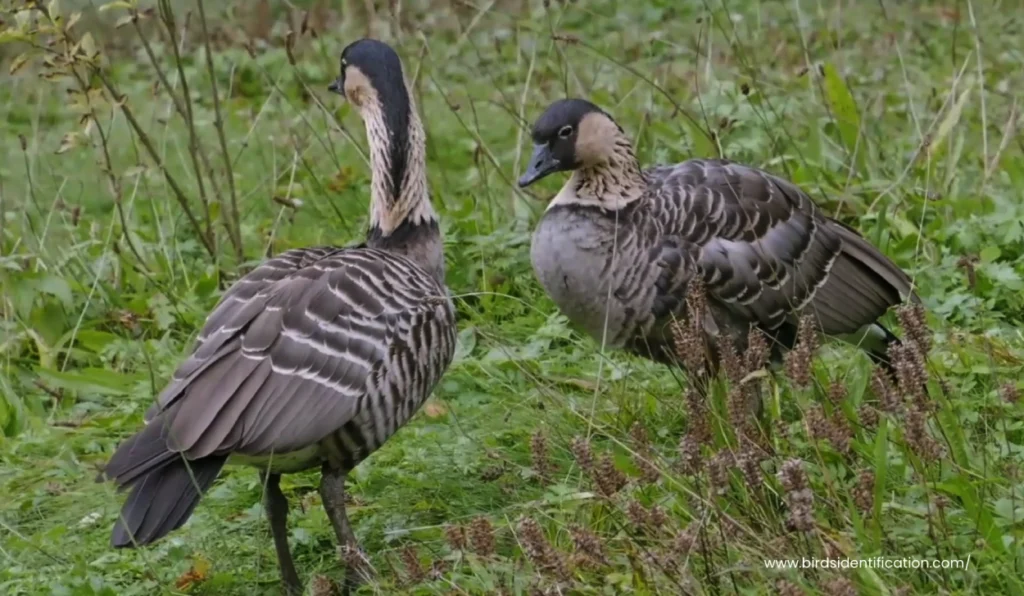
The state bird of Hawaii, the Nene is a medium-sized goose with a black face, buff-colored cheeks, and distinctive diagonal neck markings.
- Behavior: Nenes are relatively tame and are often seen foraging for grass, leaves, and flowers in grassy areas near water.
- Color: They have a black face, buff cheeks, and finely barred neck feathers.
- Wingspan: 40-43 inches
- Length: 25 inches
- Mass: 1.5-3 kg
- Habitat: Prefers grassy areas near water and open landscapes.
- Diet: Herbivorous, feeding on grasses, leaves, and flowers.
- Eggs: Usually lay 3-5 cream-colored eggs in a ground nest.
- Maximum Lifespan: 25 years
2) Hawaiian Duck
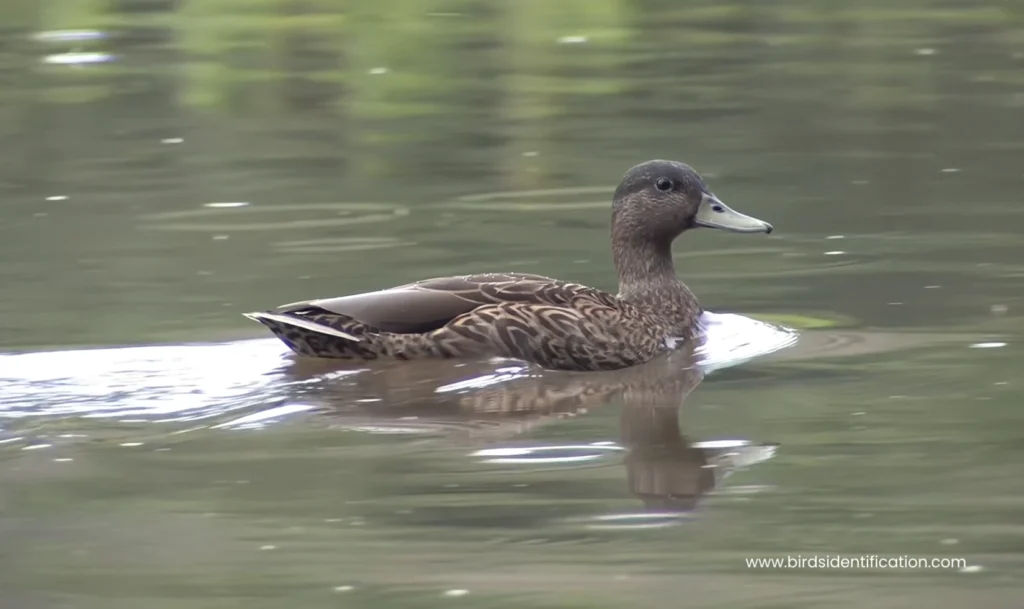
A small duck, similar in appearance to the Mallard but native to Hawaii, has a mottled brown body and darker head in males.
- Behavior: Often seen dabbling in shallow water or swimming in ponds. They are social and tend to flock.
- Color: Males have a greenish head, while females are brown with mottled feathers.
- Wingspan: 31-34 inches
- Length: 20 inches
- Mass: 700-900 grams
- Habitat: Found in freshwater ponds, marshes, and wetlands.
- Diet: Eats aquatic plants, insects, and small invertebrates.
- Eggs: Lays 6-12 off-white eggs in hidden nests.
- Maximum Lifespan: 12 years
3) Hawaiian Coot
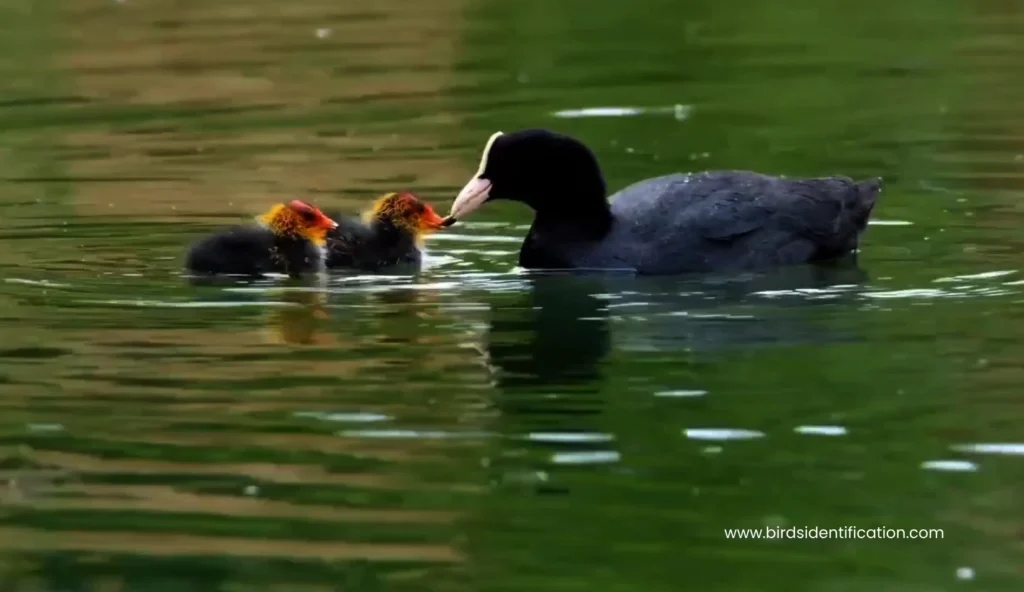
A medium-sized, all-black bird with a distinctive white beak and forehead shield. Well-known for its loud calls.
- Behavior: Prefers freshwater marshes and ponds, often diving for food.
- Color: Black with a white beak and forehead shield.
- Wingspan: 24 inches
- Length: 14 inches
- Mass: 700 grams
- Habitat: Prefers freshwater ponds and marshes.
- Diet: Omnivorous, consuming aquatic vegetation, insects, and small fish.
- Eggs: Lays 5-8 speckled beige eggs in floating nests.
- Maximum Lifespan: 15 years
4) Black-crowned Night Heron
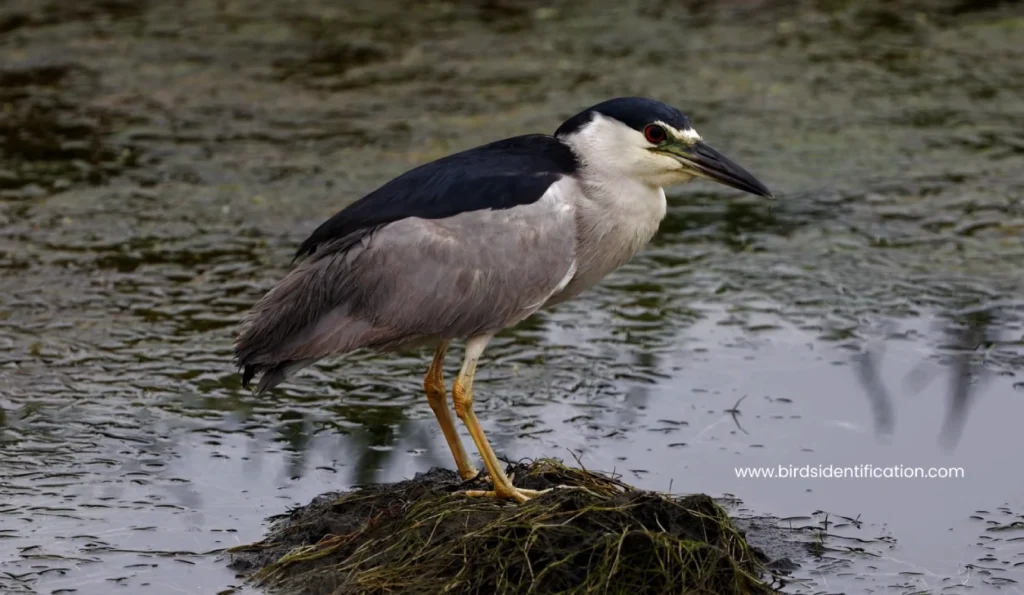
A stocky, mottled gray-and-white heron with a black crown and back, and commonly seen perching stock-still in shallow water.
- Behavior: These herons are nocturnal and are often seen standing still near the edge of water bodies, waiting to strike at fish.
- Color: Gray body with a black cap and back.
- Wingspan: 44 inches
- Length: 23-28 inches
- Mass: 800-1,100 grams
- Habitat: Found around ponds, marshes, and coastlines, especially at dusk.
- Diet: Feeds on fish, crustaceans, and small amphibians.
- Eggs: Lays 3-5 pale green eggs in tree nests.
- Maximum Lifespan: 20 years
5) Cattle Egret
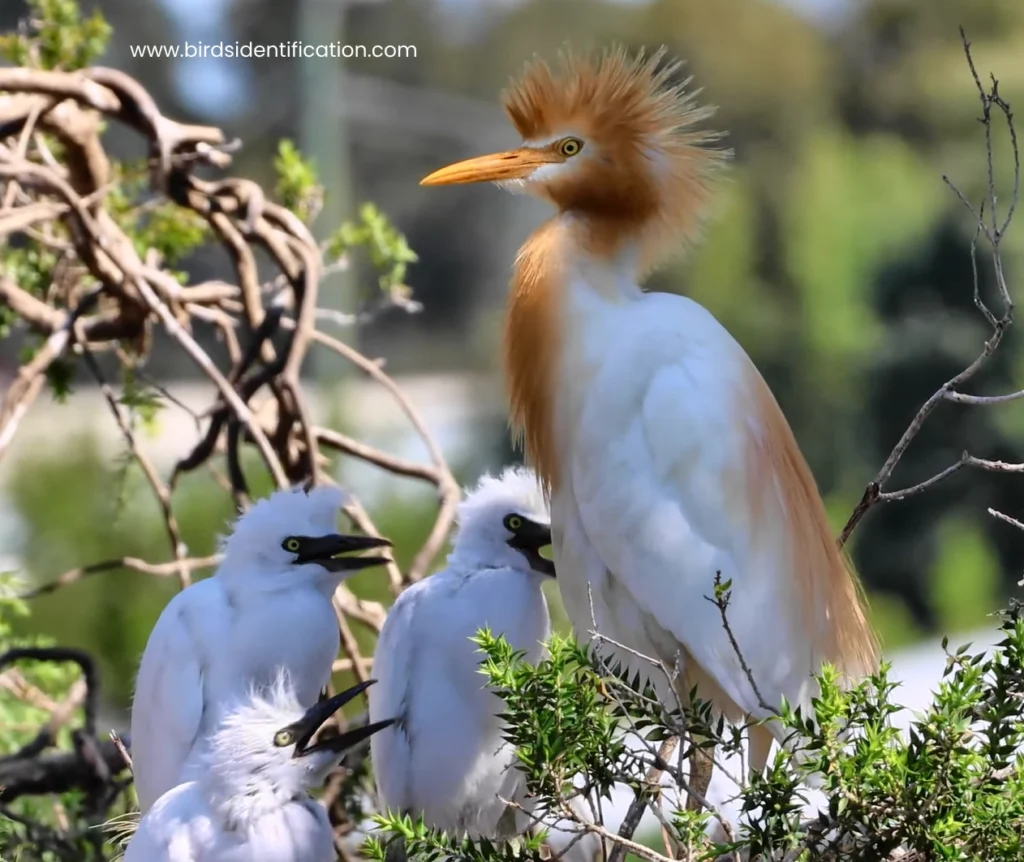
A small white heron is often associated with herd animals, with a yellow beak, and during breeding season, light orange patches.
- Behavior: Often seen following cattle or other large animals, feeding on insects disturbed by their movement.
- Color: Mostly white with yellow-orange bill; during breeding, some develop buff patches.
- Wingspan: 36 inches
- Length: 20 inches
- Mass: 300-400 grams
- Habitat: Open fields, grasslands, and wetlands.
- Diet: Insects, especially grasshoppers and flies.
- Eggs: Lays 2-5 pale blue eggs in colonies.
- Maximum Lifespan: 17 years
6) Great Frigatebird
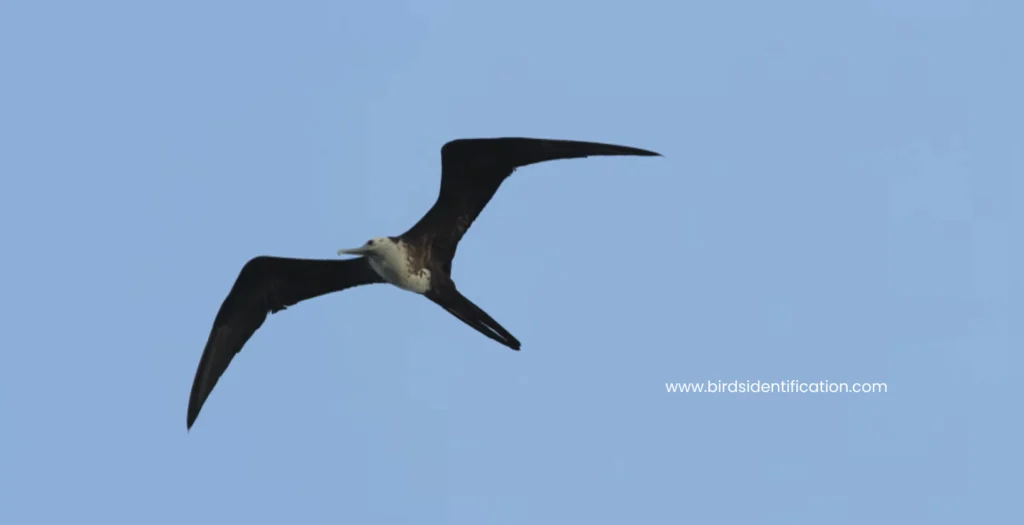
The diver is a large seabird with a split tail and the males having vibrantly red throat pouches. Tremendously long wings adapted for soaring.
- Behavior: Known for their aerial skills, frigatebirds glide over the ocean and swoop down to catch fish.
- Color: Black plumage with a distinctive red throat pouch in males.
- Wingspan: 85-95 inches
- Length: 33-42 inches
- Mass: 1.1-1.6 kg
- Habitat: Coastal areas and open ocean.
- Diet: Feeds on fish and squid, often stealing food from other birds.
- Eggs: Typically lays a single white egg on rocky cliffs or trees.
- Maximum Lifespan: 30 years
7) Tropicbird
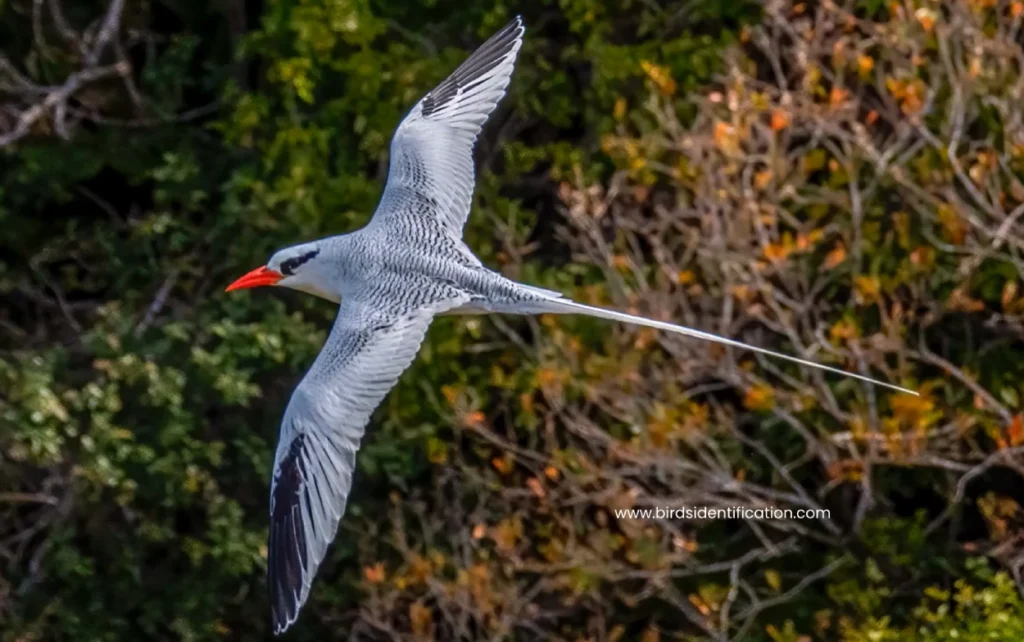
A beautiful small white seabird, with long elegant tail feathers, and black markings on her wings and is known for its aerial displays.
- Behavior: They are excellent fliers, often seen gliding gracefully above coastal cliffs.
- Color: White body with long tail feathers and a splash of black on the wings.
- Wingspan: 35-41 inches
- Length: 30-36 inches (including tail)
- Mass: 750 grams
- Habitat: Coastal cliffs and open ocean.
- Diet: Feeds on fish and squid, diving from the air.
- Eggs: Lays one white egg in rocky crevices or cliffs.
- Maximum Lifespan: 16 years
Shorebirds of Oahu
Shorebirds feed on sandy beaches and mudflats, consuming small invertebrates.
1) Pacific Golden Plover

The migratory shorebird has a golden-to-black speckled back and a short, straight beak.
- Behavior: Migratory, often found foraging in open fields or along the shoreline.
- Color: Golden-brown with speckled plumage during breeding.
- Wingspan: 24 inches
- Length: 9-11 inches
- Mass: 100-130 grams
- Habitat: Beaches, fields, and coastal mudflats.
- Diet: Insects, small invertebrates, and seeds.
- Eggs: Lays 3-4 olive-brown eggs with speckles.
- Maximum Lifespan: 15 years
3) Hawaiian Stilt

A wading bird having long pink legs, a black back, and a white underside, known for its high-pitched call.
- Behavior: Frequently seen wading in shallow water, searching for small fish and insects.
- Color: Black upperparts and white underparts with long pink legs.
- Wingspan: 28-30 inches
- Length: 15 inches
- Mass: 170-200 grams
- Habitat: Shallow wetlands and ponds.
- Diet: Feeds on small fish, insects, and crustaceans.
- Eggs: Lays 3-4 pale eggs in shallow ground nests.
- Maximum Lifespan: 20 years
Pigeons and Doves of Oahu
Such birds are found throughout the suburbs, and are characteristic for their soft, murmuring coos.
1) Zebra Dove

A small, agile dove, light gray and brown in color with a distinct dark barring across the neck and chest.
- Behavior: Usually seen foraging on the ground for seeds in gardens and parks.
- Color: Light gray with dark barring on the neck and chest.
- Wingspan: 11 inches
- Length: 8 inches
- Mass: 55 grams
- Habitat: Urban areas, gardens, and open countryside.
- Diet: Seeds and small insects.
- Eggs: Lays 2 white eggs in simple stick nests.
- Maximum Lifespan: 14 years
Land birds of Oahu
Land birds prefer a range of habitats, from dense forests to open farmlands.
1) Oahu Elepaio
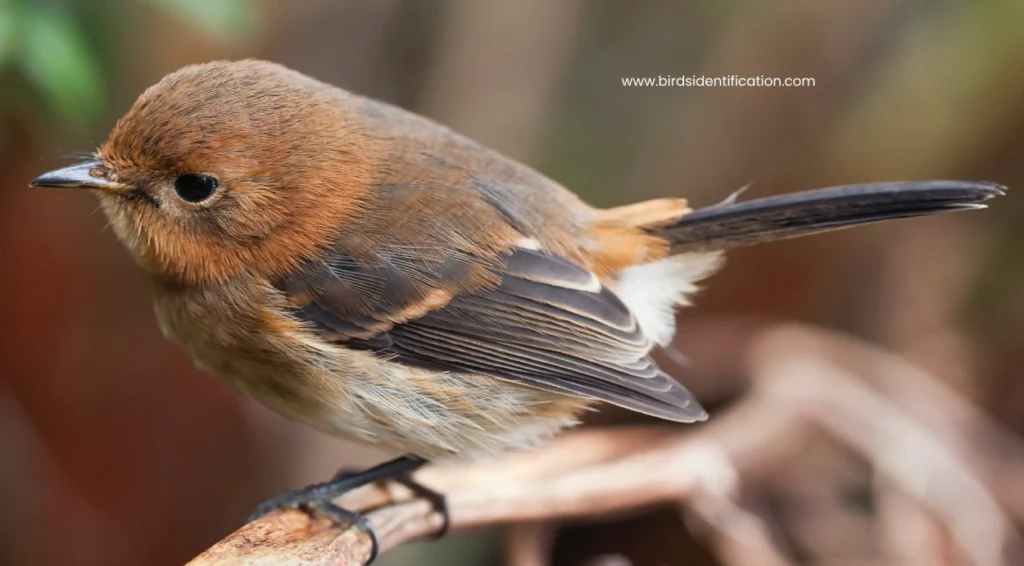
This is a small migratory flycatcher, rusty-orange throat, white belly, and the back brown in color. Known for its melodious song.
- Behavior: Active and curious, often hopping around low branches hunting insects.
- Color: Brown back, white belly, and a rusty-orange throat.
- Wingspan: 6-8 inches
- Length: 5.5 inches
- Mass: 15 grams
- Habitat: Dense forests and thickets.
- Diet: Insects and spiders.
- Eggs: Lays 2-3 pale eggs in cup-shaped nests.
- Maximum Lifespan: 9 years
2) Japanese White-eye
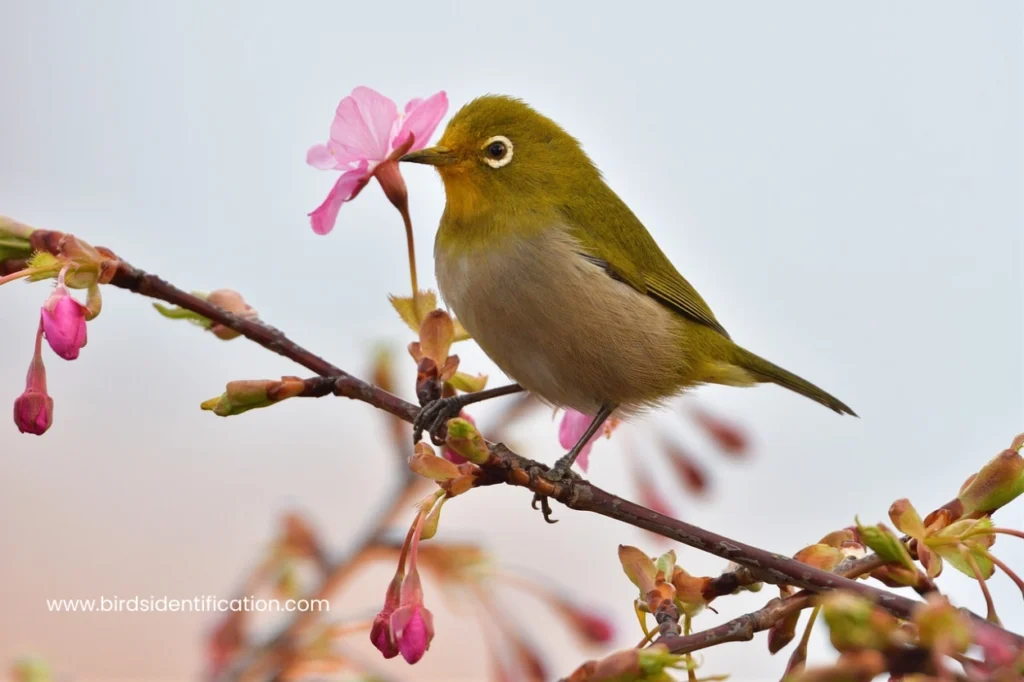
A group bird, being a small greenish-yellow bird with a white eye-ring.
- Behavior: Social birds, often seen in flocks feeding on fruit, nectar, and insects.
- Color: Greenish-yellow body with a distinct white eye-ring.
- Wingspan: 8 inches
- Length: 4 inches
- Mass: 10 grams
- Habitat: Gardens, forests, and orchards.
- Diet: Fruits, nectar, and insects.
- Maximum Lifespan: 10 years
- Eggs: Lays 2-4 pale blue eggs in small nests.
3) House Finch
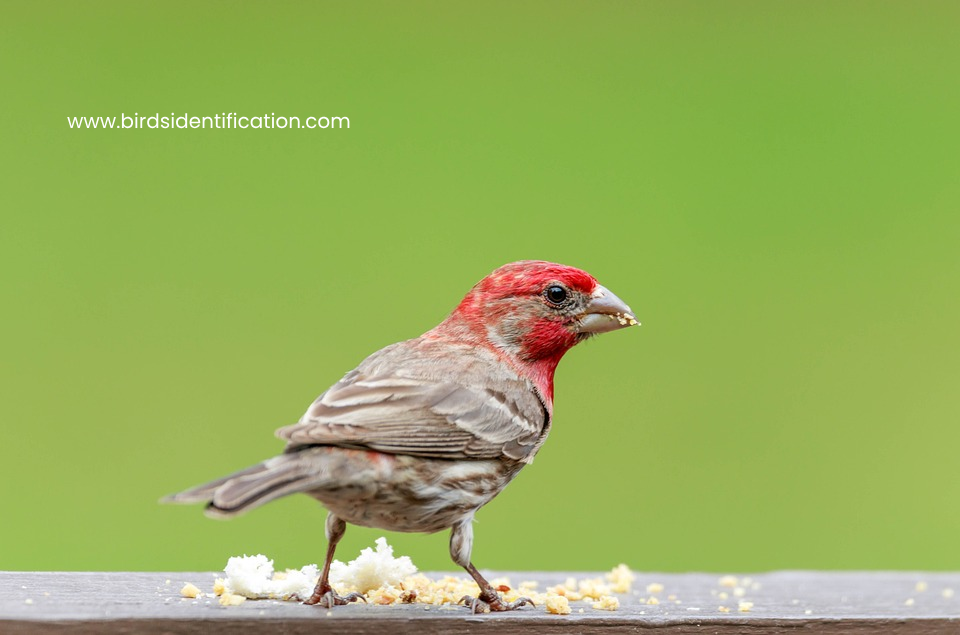
The small social bird has males with red at the head and chest, and females streaked brown.
- Behavior: Often seen in urban areas, feeding on seeds and berries.
- Color: Males have red heads, while females are brown-streaked.
- Wingspan: 8-10 inches
- Length: 5-6 inches
- Mass: 15-20 grams
- Habitat: Urban areas, farms, and open woods.
- Diet: Seeds, berries, and insects.
- Eggs: Lays 4-5 pale blue or green eggs with speckles.
- Maximum Lifespan: 11 years
4) Red-crested Cardinal
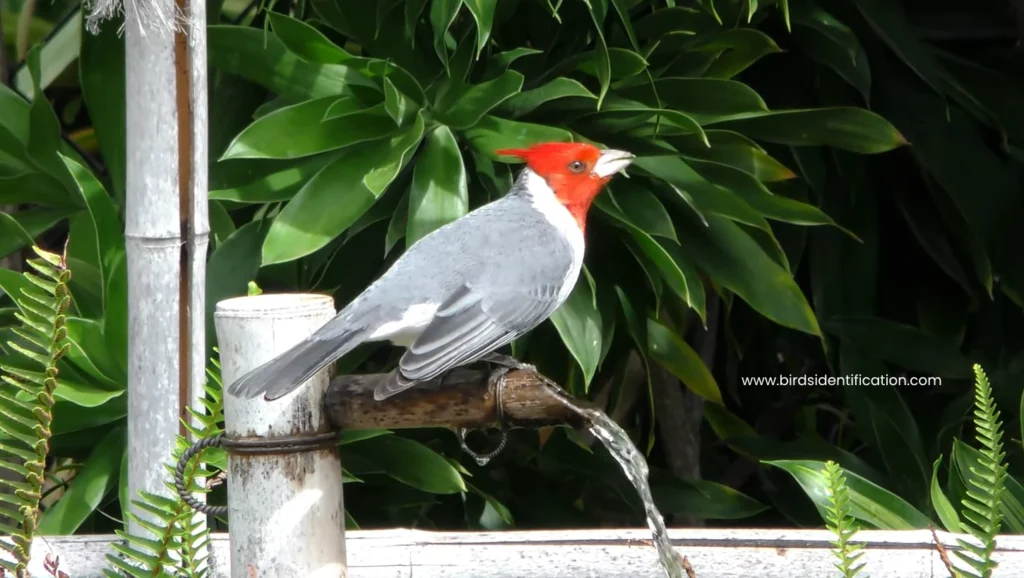
The brightly colored birds have red heads, gray backs, and white undersides. Often found in pairs.
- Behavior: Typically seen in pairs, feeding on the ground or in low bushes.
- Color: Bright red crest with a gray body and white underparts.
- Wingspan: 10 inches
- Length: 7 inches
- Mass: 40 grams
- Habitat: Parks, gardens, and open areas.
- Diet: Seeds, fruits, and insects.
- Eggs: Lays 3-4 speckled eggs in cup-shaped nests.
- Maximum Lifespan: 8 years
5) Myna Bird
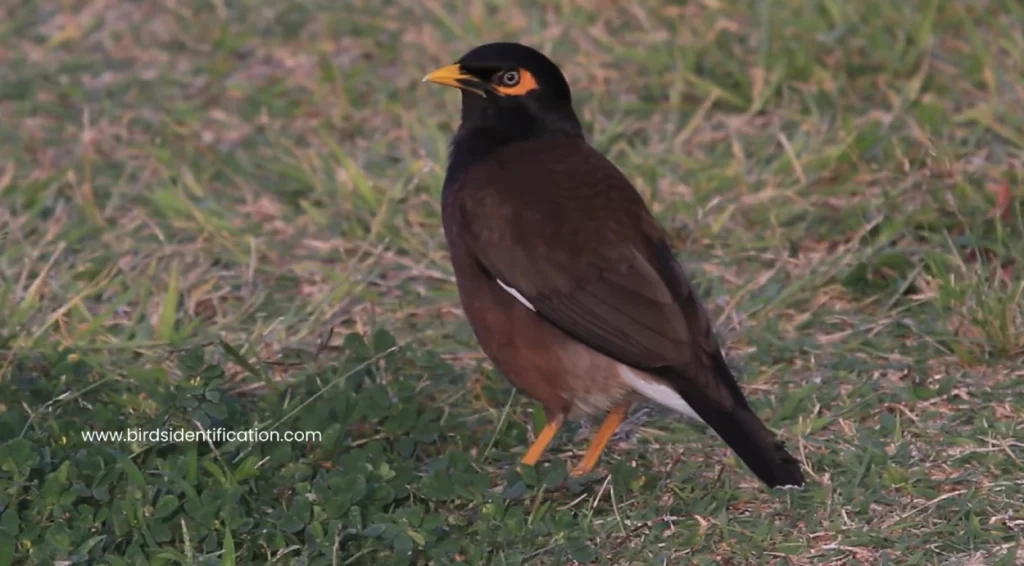
An invasive species with brown body, yellow eye patches, and white patches on the wing. Known for its loud calls.
- Behavior: Bold and loud, often seen in urban areas scavenging for food.
- Color: Brown body, yellow eye patch, and white wing patches.
- Wingspan: 14 inches
- Length: 9 inches
- Mass: 100-140 grams
- Habitat: Urban areas and open fields.
- Diet: Omnivorous, eating insects, fruits, and scraps.
- Eggs: Lays 2-5 pale blue eggs in tree holes or buildings.
- Maximum Lifespan: 12 years
- Eggs: Lays 2-5 pale blue eggs in tree holes or buildings.
6) House Sparrow
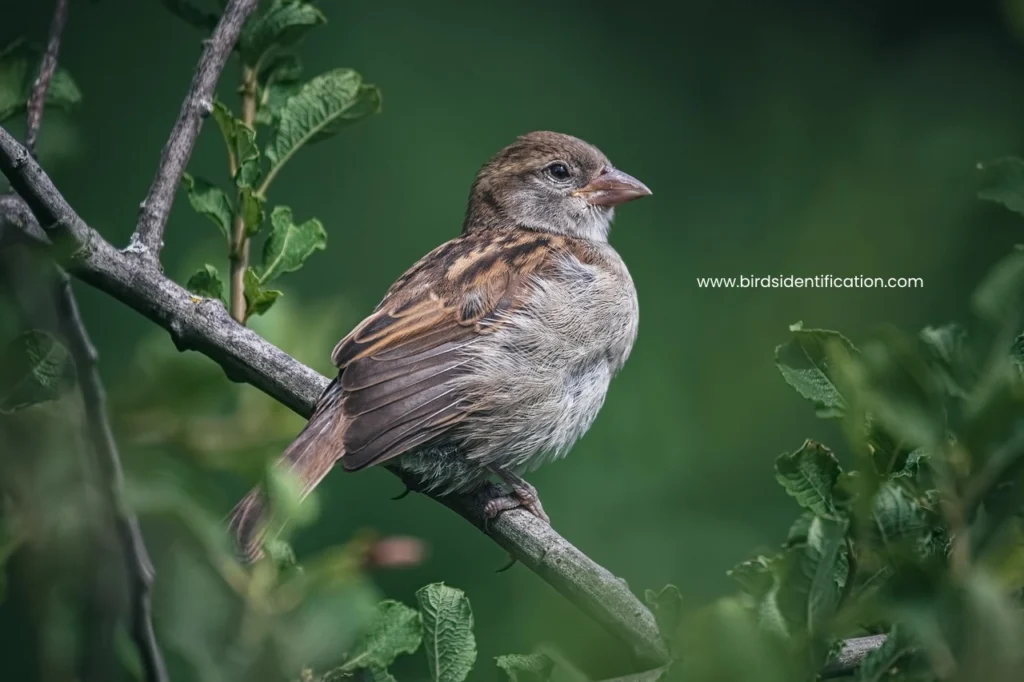
Small brown birds with a gray crest and black bibs in the male; females are brown and streaky.
- Behavior: Commonly found around human settlements, feeding on grains and insects.
- Color: Males have gray crowns and black bibs; females are brown with streaks.
- Wingspan: 7-9 inches
- Length: 6 inches
- Mass: 30 grams
- Habitat: Cities, farms, and suburban areas.
- Diet: Seeds, grains, and insects.
- Eggs: Lays 3-5 white eggs with speckles.
- Maximum Lifespan: 13 years
7) Gray Francolin

A ground bird that is light brown, finely barred. It has a short tail and stout body.
- Behavior: Prefers open fields and grasslands, foraging for seeds and small insects.
- Color: Light brown with fine barring and a reddish-brown tail.
- Wingspan: 18 inches
- Length: 12 inches
- Mass: 300 grams
- Habitat: Grasslands and scrub areas.
- Diet: Seeds, grains, and small insects.
- Eggs: Lays 6-8 buff-colored eggs in ground nests.
- Maximum Lifespan: 7 years
Birds of Prey in Oahu
Birds of prey occupy key positions in the island’s ecosystem; they control the populations of rodents and small birds.
1) Hawaiian Hawk

This is a native hawk with dark brown feathers, raptor-like talons, and curved beak; capable of a very active hunt.
- Behavior: Solitary hunters, often seen soaring or perched in high trees.
- Color: Dark brown with a lighter underside.
- Wingspan: 34-38 inches
- Length: 16-18 inches
- Mass: 450-600 grams
- Habitat: Forests and open areas.
- Diet: Rodents, small birds, and insects.
- Eggs: Lays 1-2 white eggs in large tree nests.
- Maximum Lifespan: 25 years
2) Barn Owl
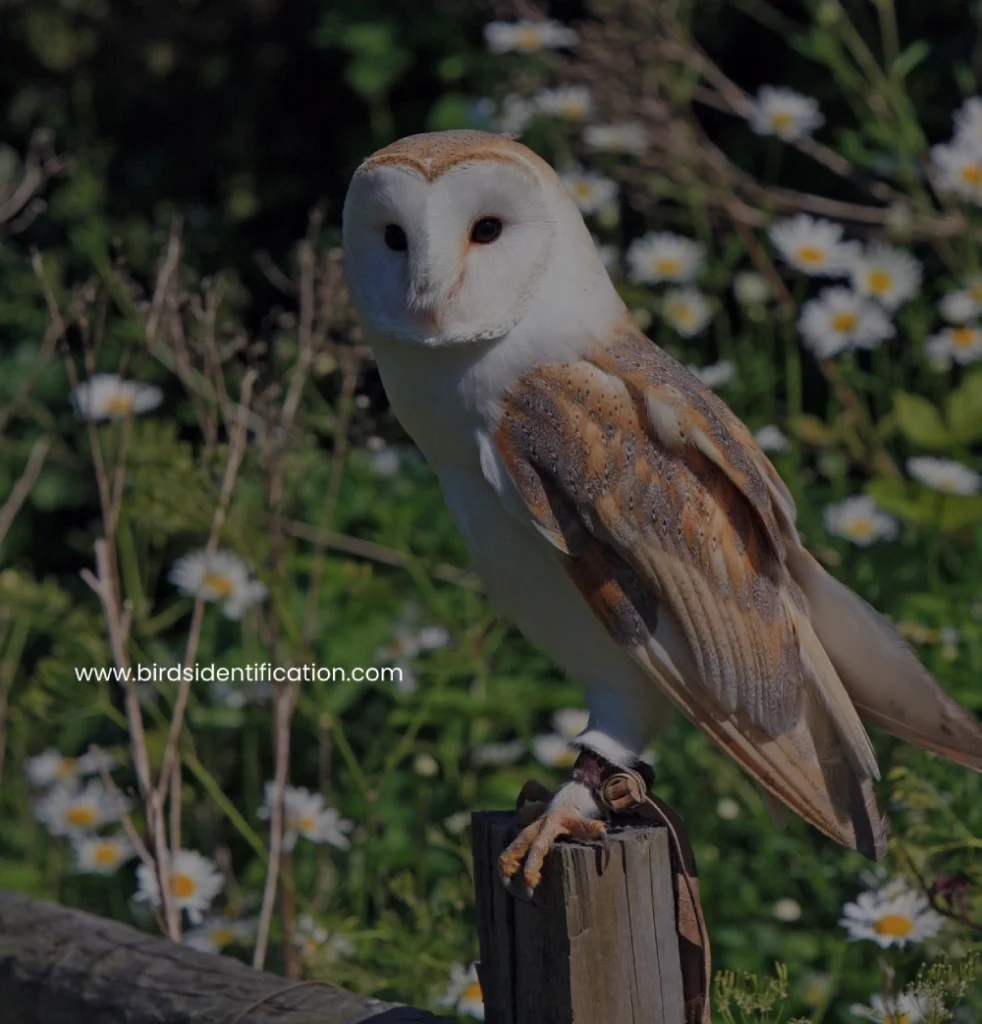
A nocturnal predator, the hawk has a heart-shaped face, pale underparts, and mottled brown back. Famous for silent flight.
- Behavior: Nocturnal hunters, often seen hunting rodents and small birds at dusk.
- Color: Pale face with a white underside and mottled brown back.
- Wingspan: 42-45 inches
- Length: 13-16 inches
- Mass: 500-700 grams
- Habitat: Farmlands, forests, and urban areas.
- Diet: Small mammals, birds, and insects.
- Eggs: Lays 3-7 white eggs in barns, cliffs, or tree cavities.
- Maximum Lifespan: 20 years
Conclusion about Birds of Oahu
The mix of birds on Oahu serves as a lens through which to understand the world of birds-from rare endemic birds to colorful introduced ones. Birdwatchers will find the island a majesty of different birds that they can see in an extravagant range of habitats, from coastal wetlands to the high mountain forests. When birdwatching, it’s best to take yourself to places like Kualoa Ranch, Kawainui Marsh, and Waimea Valley, renowned for their rich birdlife. Don’t forget to take your binoculars, guidebook, and plenty of patience. Oahu’s birds, both native and non-native, need our protection and respect. Conservation is key to the survival of the island’s natural habitat and delicate ecosystems that make Oahu a birdwatcher’s paradise.

